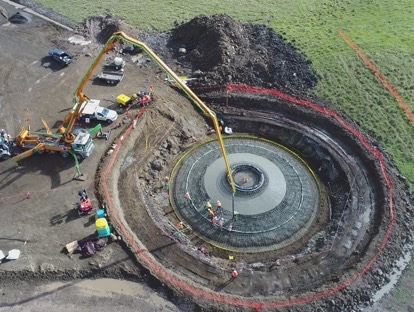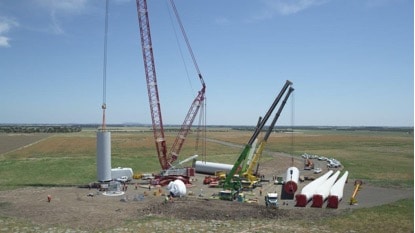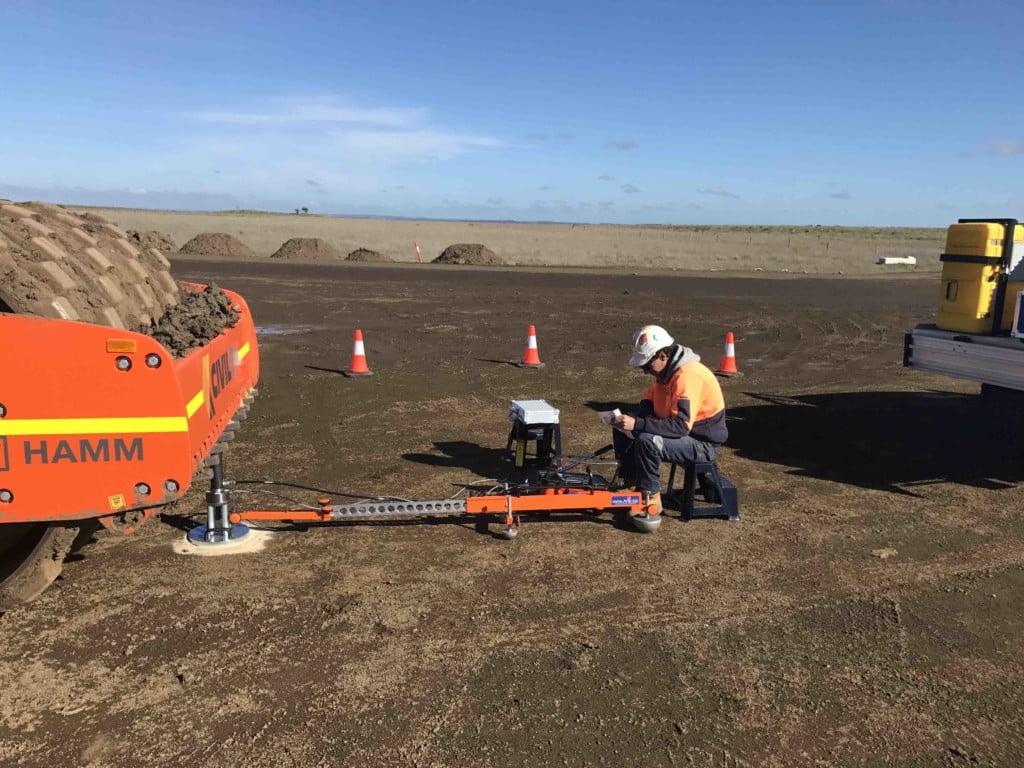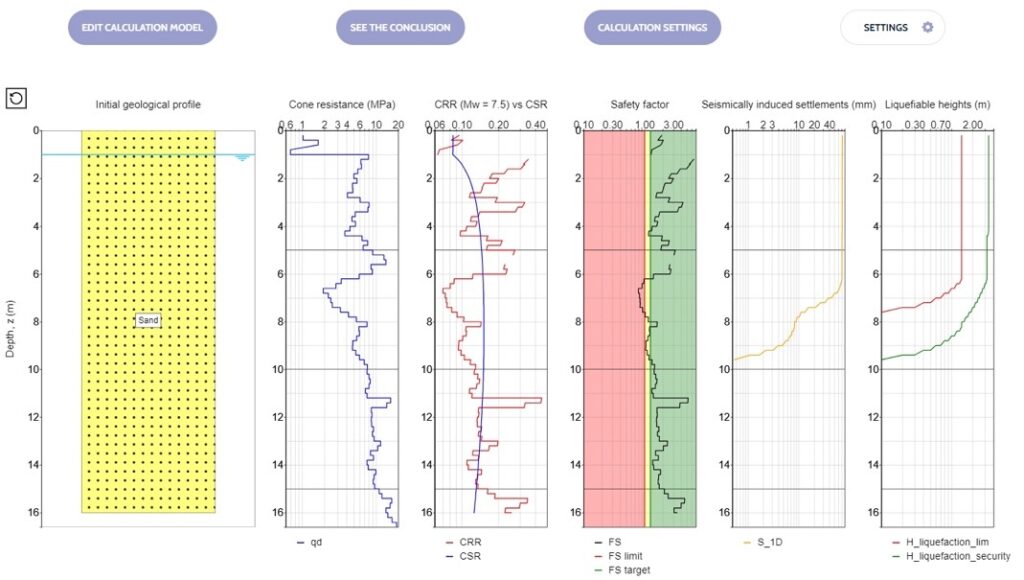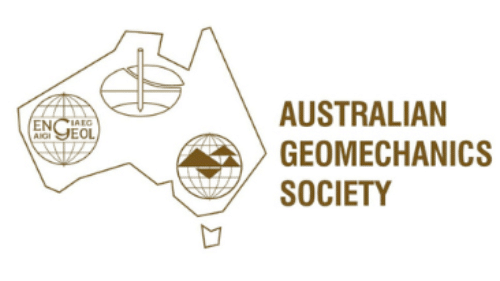Plate Load Testing on wind farms made efficient – Case Study
The Plate Load Test is an excellent insitu site investigation field test used to determine the ultimate bearing capacity of the ground and the likely settlement under a given load. It is designing for measuring static loads on spread footings (e.g. to determine whether the ground has sufficient bearing capacity to support structures like wind farm towers, temporary cranes pads or piling rigs), and for repetitive plate loading tests of soils and flexible pavement sub grades.
However, using the traditional Plate Load Test with dial gauges has some issues including:
- the setup is time consuming
- results are not immediately available as all settlements are manually recorded and have to be tabulated and plotted later, adding further delay
- safety as the operator is constantly ducking under the counter weight to record the dial gauge readings
One of our clients, Pearce Geotech, was looking for a solution for these problems because they were tendering for the Mount Gellibrand Wind Farm project being developed by Acciona Energy 25km northeast of the regional centre of Colac in western Victoria.
A Joint Venture between WBHO and Civilex were to deliver the civil Balance of Plant for the Mount Gellibrand Wind Farm, which include construction of foundations for 44 turbines, construction of 27km internal roads, hardstands and 5km of local road upgrades.
Proof rolling wasn’t acceptable on this wind farm project, because it is not quantifiable and didn’t conform to the specification.
The project required over 200 Plate Load Tests to be carried out. On the internal roads, testing was every 500m and on 90 degrees curves and every hardstand for the turbine towers was tested at 4 different points.
The following outputs were required:
- Strain modulus of the second loading cycle, Ev2 (an indicator for the bearing capacity of the soil under the loading plate)
- Modulus of subgrade reaction, ks (a measure of the stiffness)
Pearce Geotech selected the AX01 Plate Load Test specifically because it provided the following:
- Short operation time (approx 25-30 mins per test including setup, test & results graphing), rather than 2-4 hours just to setup and do the test (with manual data analysis adding significant extra time)
- No further data analysis or calculations required – data is analysed electronically on the spot, saving significant time
- No manual recording of data – results date/time stamped and GPS located so data recording / transposition errors eliminated)
- Safe operation as operator away from the counterweight and does not read dial gauges and record results whilst under the counterweight
Pearce Geotech Principal, Daniel Pearce, commented:
“I would hate to go back to doing the Plate Load Test using the old method using dial gauges. It would be so time consuming, not to mention manually recording and then processing all the results.”
Having successfully completed the Mount Gellibrand Wind Farm project and with NATA accreditation in the pipeline, they are now bidding other projects including the Pacific Hydro 80MW Crowlands Wind Farm near Ararat, a landmark 39-turbine wind farm, with a consortium of 14 organisations purchasing half its power output.
We have found the PANDA to be an invaluable acquisition to our company, using it on projects ranging from Remote Community Housing in Central Australia to a NASA Rocket Launch Facility in Arnhem Land, NT.
Since hiring the LWD I have used it on numerous jobs in a wide variety of material types all over WA. The ability to give “real time” test results have worked particularly well for me as i can show my clients numerical values which gives them a direct understanding of some of the benefits using Betta Roads has brought to their road construction projects. The feedback I have been receiving over the last few months has lead me to purchase the LWD and incorporate its use as an integral part of our projects.
The PANDA probe is giving us and the construction team very useful insight with immediate feedback on the compaction being achieved on a major new rail construction project in QLD. We have two teams working daily using PANDA DCP’s and the Automatic Hammer on the rail formation, enabling real time decision making with confidence, based on the highly repeatable results.
Insitutek Blogs
We find clients are often looking for ways to improve geotechnical testing outcomes and do it more efficiently at the same time. This drives their buying decision making. Australian Soil and Concrete Testing (ASCT) was a case in point when they were searching for Plate Load Test equipment for their upcoming Collector Wind Farm project. Some of the things that motivated them include: […]
We are excited to introduce the addition of a new Liquefaction Risk Estimation module in WebSprint©. Paired with our cutting-edge products, PANDA® and GRIZZLY®, this module enables you to assess the liquefaction risk of soils exposed to seismic stress. PANDA® Instrumented DCP: This cutting-edge tool provides dynamic penetrometer soundings, delivering precise data crucial for seismic risk evaluations. GRIZZLY® […]
The Australian Geomechanics Society is gearing up for a series of geotechnical events across VIC, WA, NSW, and SA-NT. We are thrilled to inform you that we will be sponsoring and attending these exciting geotechnical events, and we would love for you to join us. It’s a fantastic opportunity to catch up, explore our booth (VIC), and stay informed about […]

